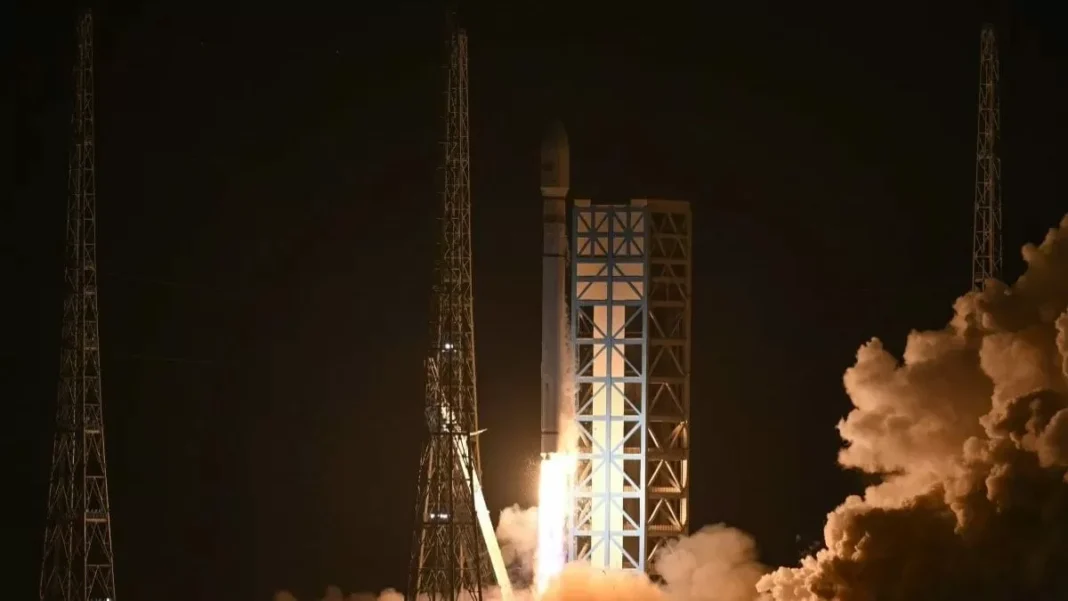China has once again made a significant leap in its space exploration journey with the successful launch of the Long March-12 rocket from its new Wenchang Commercial Space Launch Site on Hainan Island. This remarkable achievement marks a new milestone in China’s space program and demonstrates its determination to become a major player in the global space industry.
The Long March-12 rocket, with a payload capacity of 10 tons to low-Earth orbit, delivered two experimental satellites on November 30, 2024. This launch is a testament to China’s advanced technology and expertise in the field of space exploration. The rocket is designed with advanced fuel systems and lighter materials, which not only enhances its payload capacity but also makes it more efficient and cost-effective.
The Wenchang Commercial Space Launch Site, with a total investment of $553 million, is China’s fourth and most advanced spaceport. Located on the southern coast of Hainan Island, it offers a strategic advantage for launching rockets into space. Its coastal location allows for easier access to the equator, which provides a natural boost to the rockets, reducing the amount of fuel needed for launch. This makes it a more environmentally friendly and cost-efficient option for space launches.
The new spaceport is equipped with state-of-the-art facilities and cutting-edge technology, making it one of the most advanced launch sites in the world. It has the capability to launch a variety of rockets, including the Long March-5, which is China’s most powerful rocket and can carry up to 25 tons to low-Earth orbit. With the addition of the Long March-12, China now has a diverse range of rockets at its disposal, further solidifying its position as a major player in the global space industry.
The successful launch of the Long March-12 rocket is a testament to China’s commitment to innovation and progress in the field of space exploration. It is a result of years of hard work, dedication, and investment in research and development. China’s space program has come a long way since its inception in the 1950s and has made remarkable achievements, including becoming the third country to send a human into space and landing a rover on the far side of the moon.
The launch of the Long March-12 rocket also has significant implications for the future of China’s space program. With its enhanced payload capacity, the rocket opens up new possibilities for China to explore and utilize space for various purposes. It can be used for launching satellites for communication, navigation, and remote sensing, as well as for conducting scientific experiments and exploring the mysteries of the universe.
Moreover, the Wenchang Commercial Space Launch Site has the potential to become a hub for commercial space activities. With its advanced facilities and strategic location, it can attract international partners and customers for space launches. This will not only boost China’s economy but also contribute to the growth of the global space industry.
China’s space program has always been driven by peaceful and cooperative principles. It has actively engaged in international collaborations and partnerships, promoting the peaceful use of outer space for the benefit of all humankind. The successful launch of the Long March-12 rocket is a testament to China’s commitment to peaceful space exploration and its willingness to work with other countries for the advancement of science and technology.
In conclusion, the launch of the Long March-12 rocket from the new Wenchang Commercial Space Launch Site is a significant achievement for China’s space program. It showcases China’s advanced technology, expertise, and determination to become a major player in the global space industry. The new spaceport and rocket open up new possibilities for China to explore and utilize space, while also promoting international cooperation and peaceful use of outer space. This is a proud moment for China and a step towards a brighter future for space exploration.


